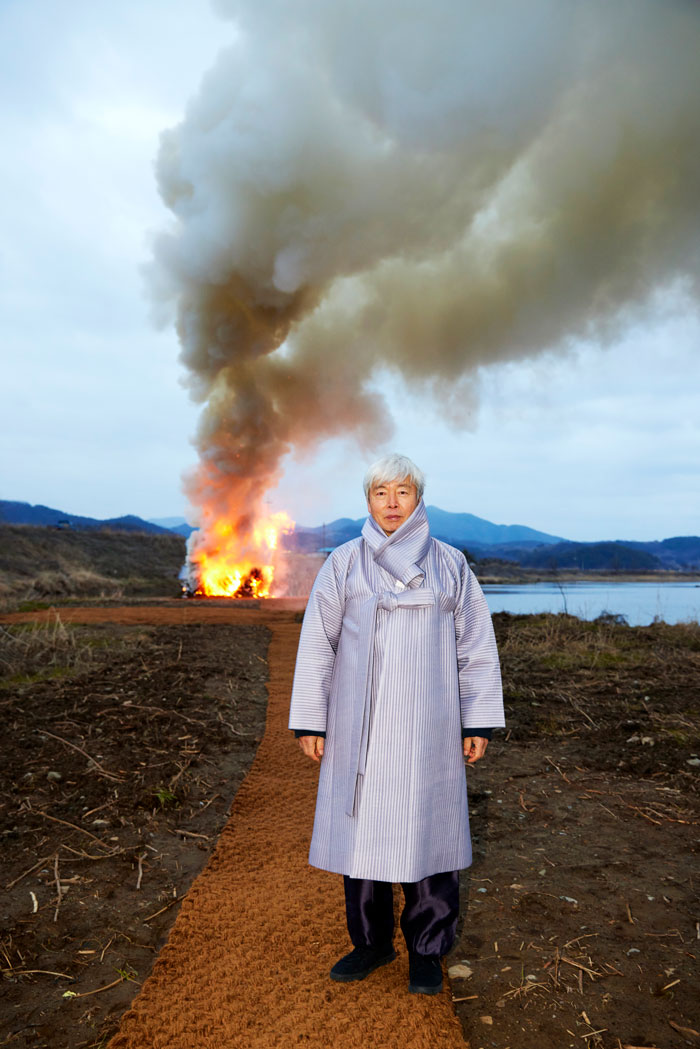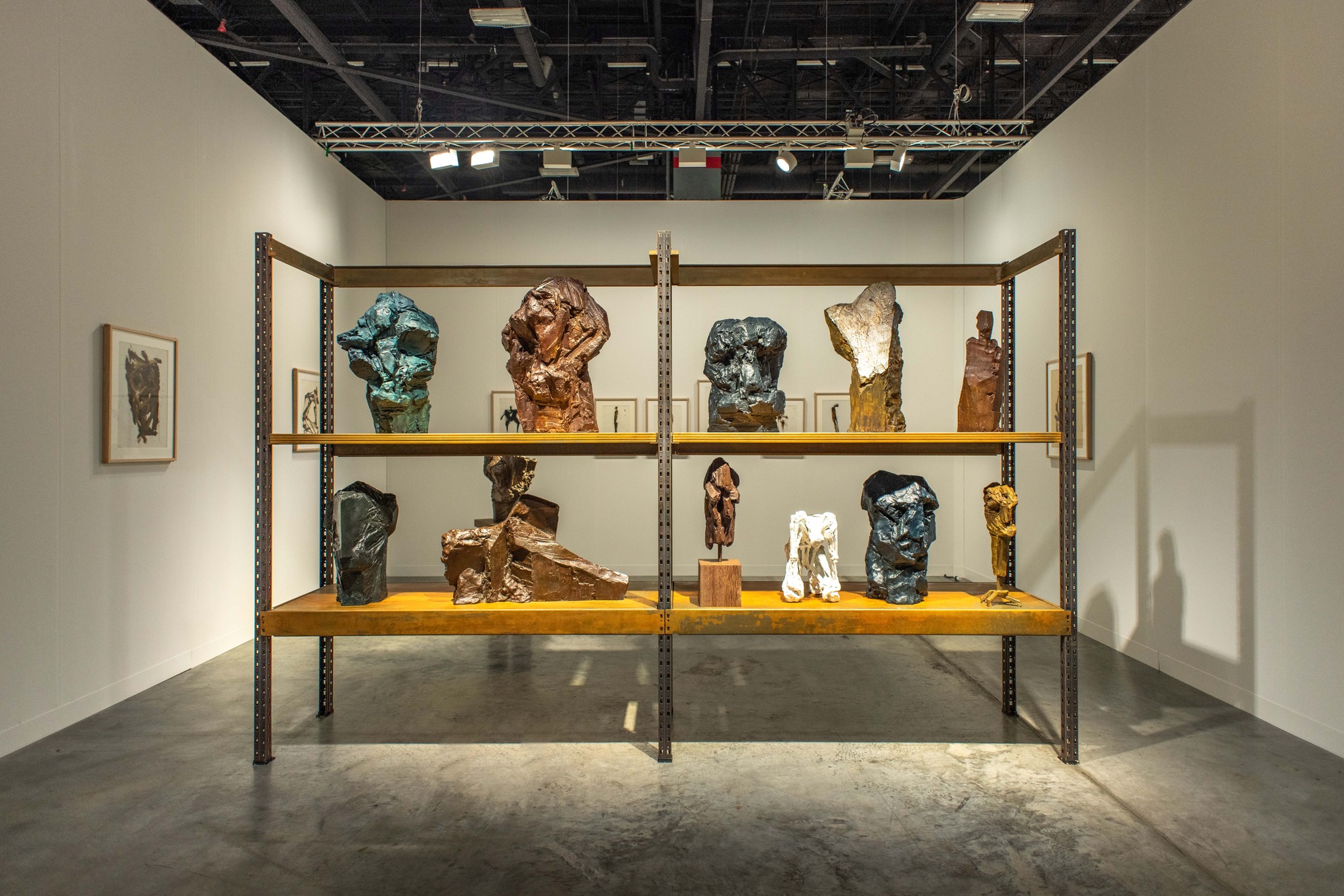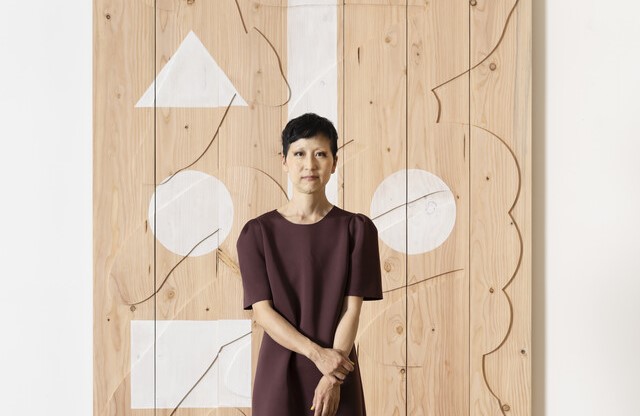The Venice Biennale, also known as the “Olympics of the art world,” will take place from April 23rd to November 27th after being delayed a year because of the COVID-19 pandemic. The exhibition, which marks the 59th Biennale, will be led this year by the High Line chief curator, Cecilia Alemani, who is the first Italian woman to curate the festival.
This year’s biennial will also include 81 national pavilions with a number of other shows and events affiliated with the main exhibition.

La biennale di venezia. Photo by Alexandru Ionescu on Unsplash.
Alemani named 213 artists (including duos and collaborators) from 58 countries, which is more than double the 83 artists who participated in the 58th biennial in 2019 and also the largest number of artists in any exhibition held since 2005. Seventy-five percent of the participating artists are women or gender-nonconforming artists, and 23 percent are affiliated with the 20th-century avant-garde movement.
The show, entitled The Milk of Dreams, is inspired by a children’s book of the same title written by a 20th-century Surrealist painter and novelist, Leonora Carrington (1917–2011).
Alemani explains that “the Surrealist artist describes a magical world where life is constantly re-envisioned through the prism of the imagination” and that the exhibition will be offering new ways to interpret one of the most challenging times the world has encountered in recent decades.
The exhibition will focus in particular on three areas: “… the representation of bodies and their metamorphoses; the relationship between individuals and technologies; the connection between bodies and the Earth.”
Among the 213 artists, two Korean artists, Geumhyung Jeong and Mire Lee will be featured in the main show. Both are women artists whose works relate to sexuality, corporeality, and technology

Geumhyung Jeong, 'REHAB TRAINING,' 2015, Performance, 160 mins. Photo by Mingu Jeong. Courtesy of The Artro.
The artistic practice of the Korean choreographer and visual artist, Geumhyung Jeong (b. 1980), extends to performance and installation. Puppets, mannequins, medical appliances, and fitness equipment are transformed into ‘body machines.’ Her body performs in a ‘duet’ with the human-shaped machines to explore the potential of human physicality, confront stereotypes of the female body and sexuality, and reconsider such technology as artificial intelligence.
Jeong’s works have been featured in solo exhibitions at institutions, including SONGEUN, Seoul (2018), and Kunsthalle Basel, Basel (2019). She also participated in the 3rd New Museum Triennial, New York (2015) and the Asia Pacific Triennial, Queensland (2018-2019), and was awarded the Hermès Foundation Missulsang prize, Seoul (2015).

Main image of Mire Lee's solo exhibition "Carriers" at Art Sonje Center in 2020. Photo by Yeonje Kim. Courtesy of Art Sonje Center.
Mire Lee (b. 1988), who works in both Seoul and Amsterdam, employs simple kinetic technologies in her works to create grotesque biomorphic forms. Greasy hoses, dangling steel wires, droopy ropes, and ragged fabrics are entangled into a repeatedly moving lump that reminds the viewer of the human body’s internal organs. Through these sensory images, Lee attempts to evoke emotions and sensibilities that are not considered conventionally feminine and relate to subjects such as eroticism, violence, and frustration.
Lee’s work has been featured in solo exhibitions, including those at Art Sonje Center, Seoul (2020), and Casco Art Institute, Utrecht (2019). Her group exhibitions have been held at Kunstverein Freiburg, Freiburg (2021), Sharjah Art Foundation, Sharjah (2019), Gwangju Biennale Pavilion Project, Gwangju (2018), and the Seoul Museum of Arts, Seoul (2016).

Venice, Italy. Photo by Fabio Mangione on Unsplash.
Founded in 1895, the Venice Biennale is the world’s longest-running and most influential biennial. It was the first to coin the term “biennale” to describe contemporary art events that are held biennially and is now modeled by others around the world.
The Korean Pavilion was established in 1995, and the first Korean artists to participate in the Venice Biennale were Goh Young-hun and Ha Dong-cheol in 1986.
Other Korean artists who participated recently in Venice Biennale’s main exhibition include Lee Bul (1999, 2019), Anicka Yi (2019), Suki Seokyeong Kang (2019), Sung Hwan Kim (2017), Yeesookyung (2017), Kim Ayoung (2015), Nam Hwa-yeon (2015), Im Heung-soon (2015), and many others.






















